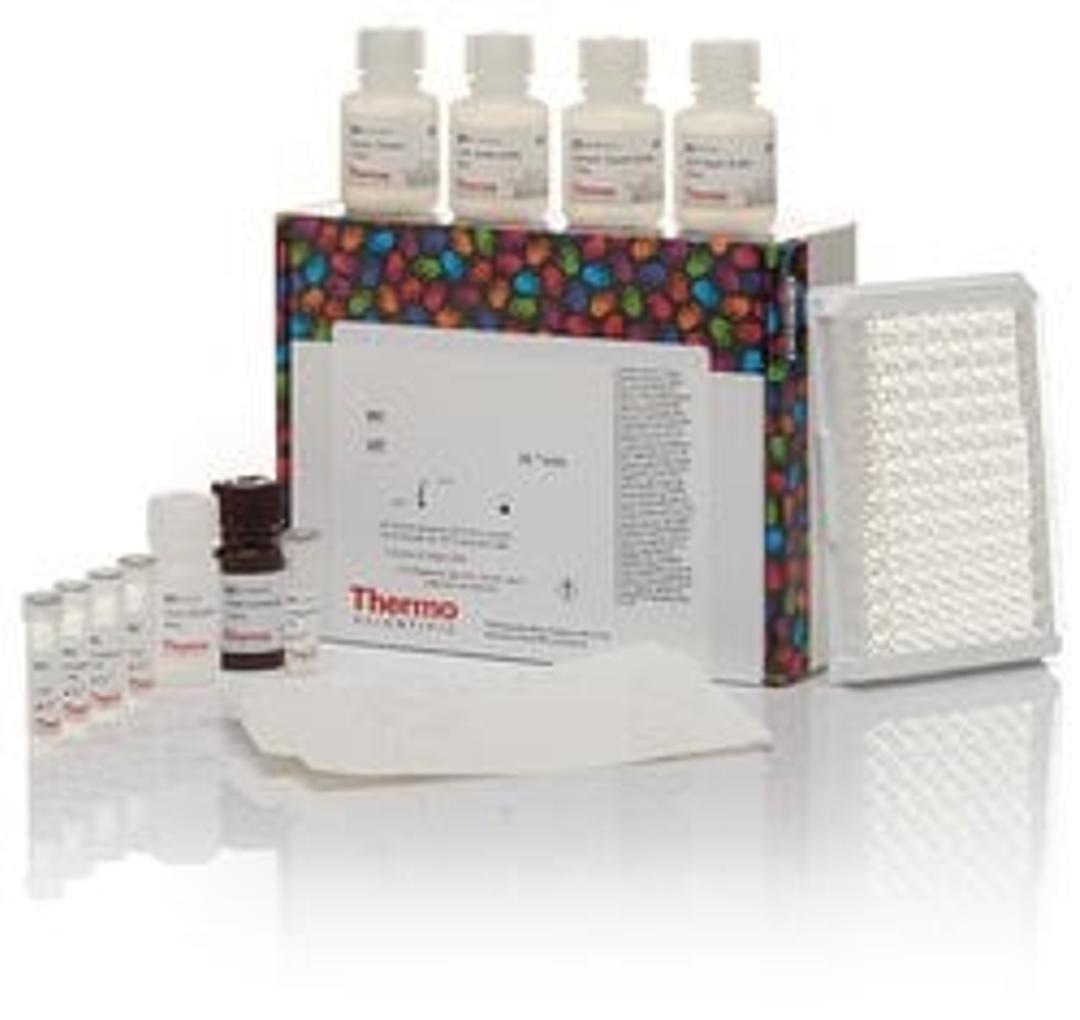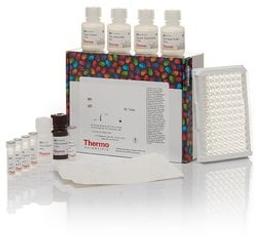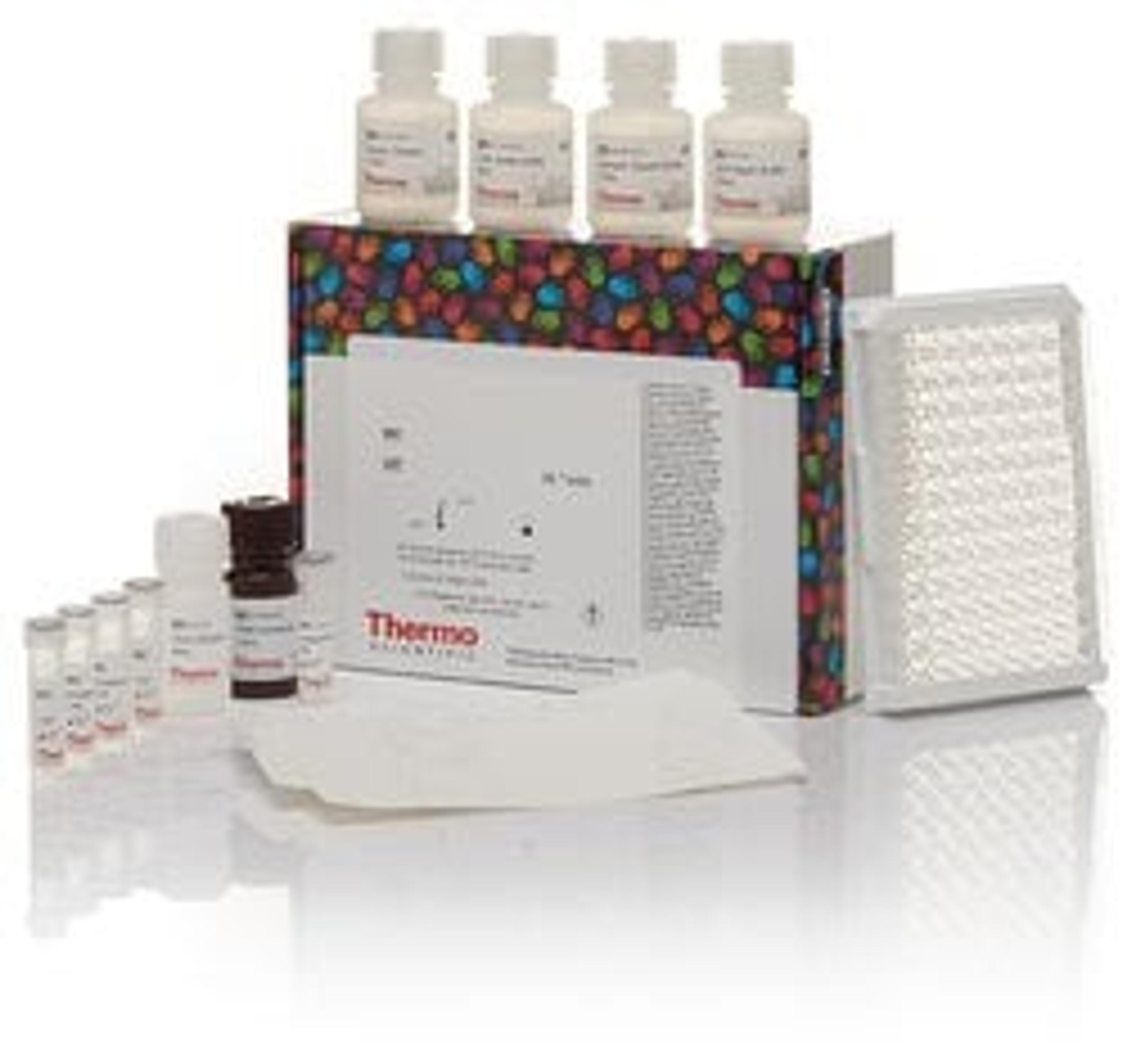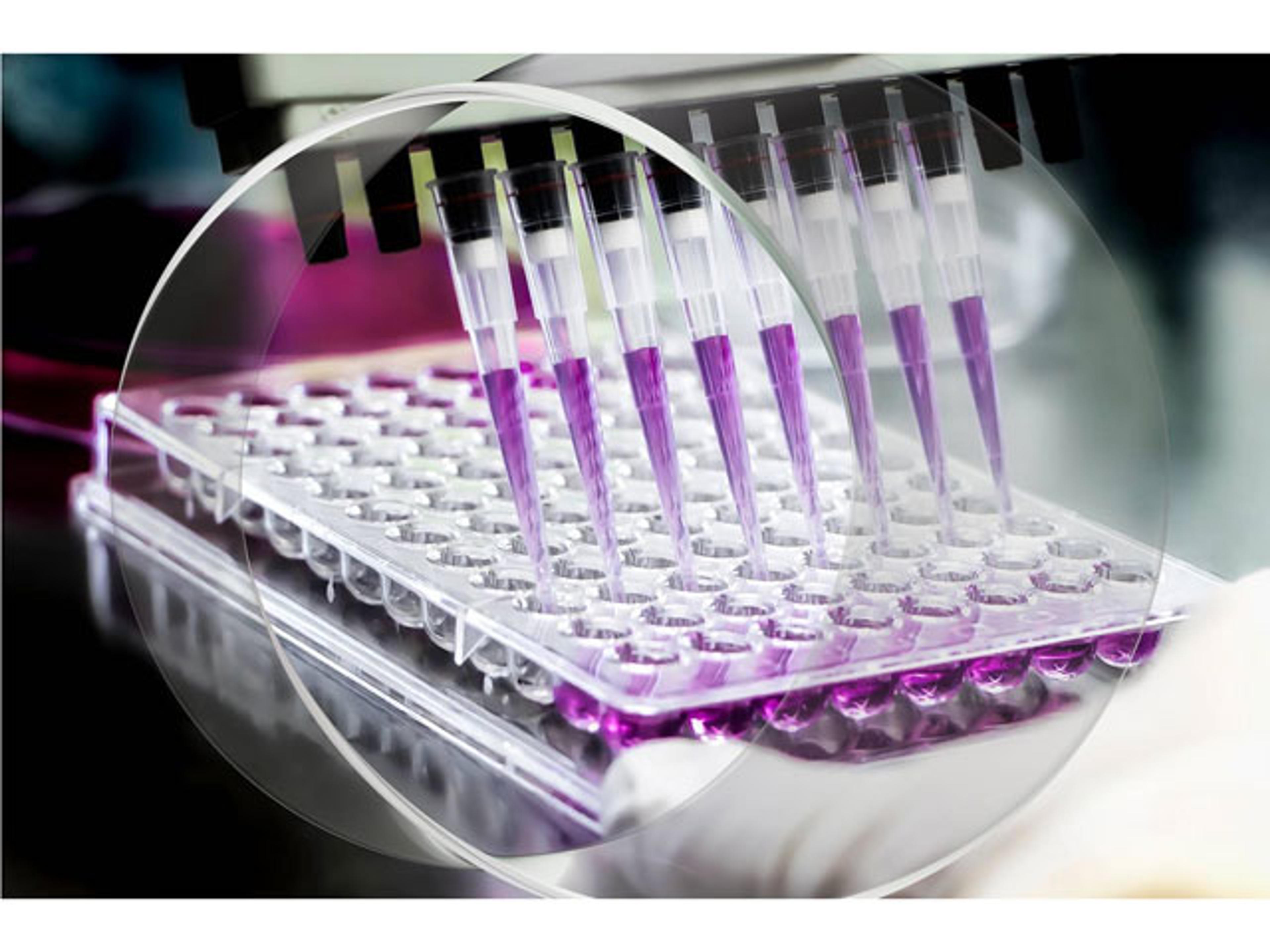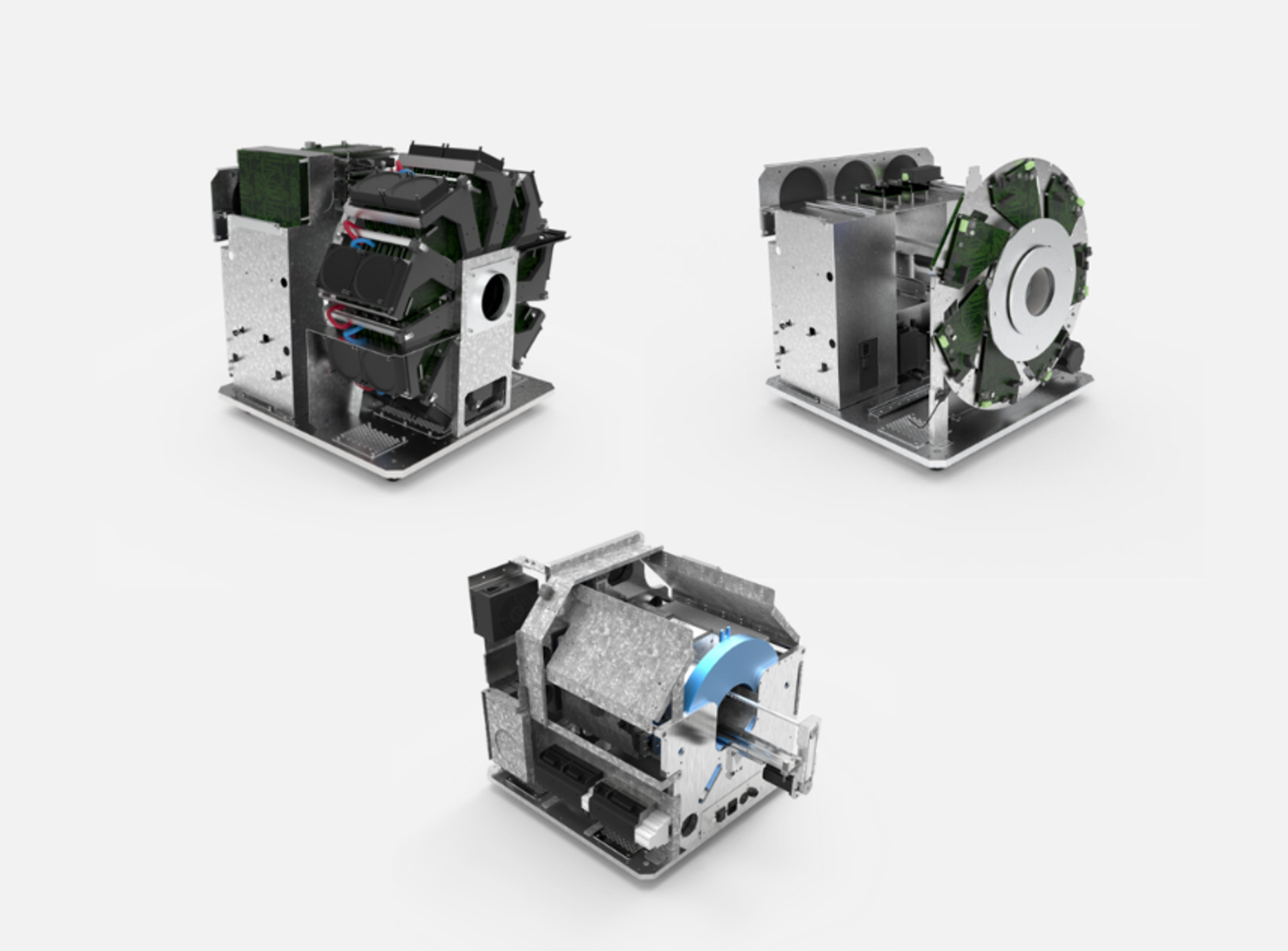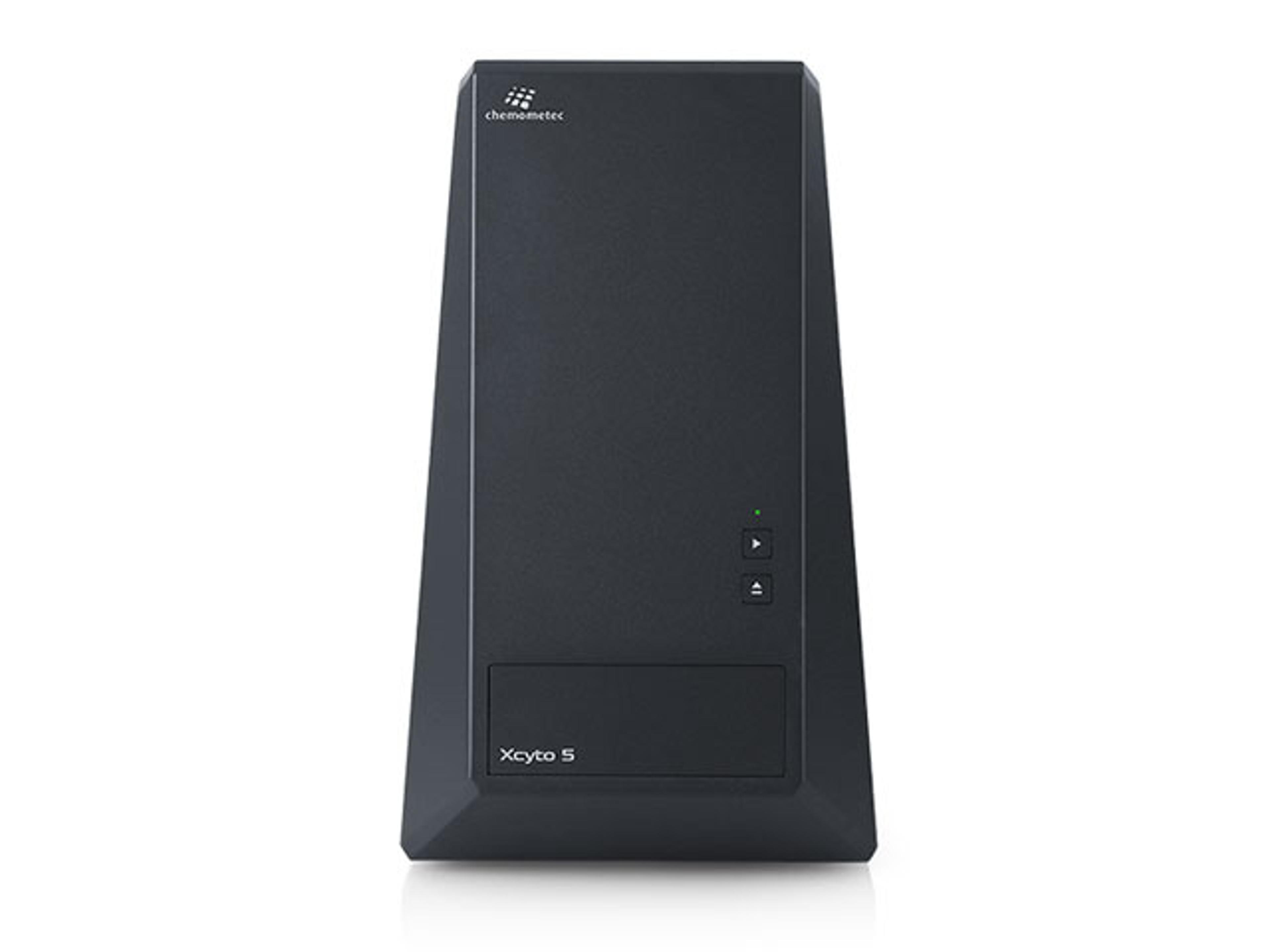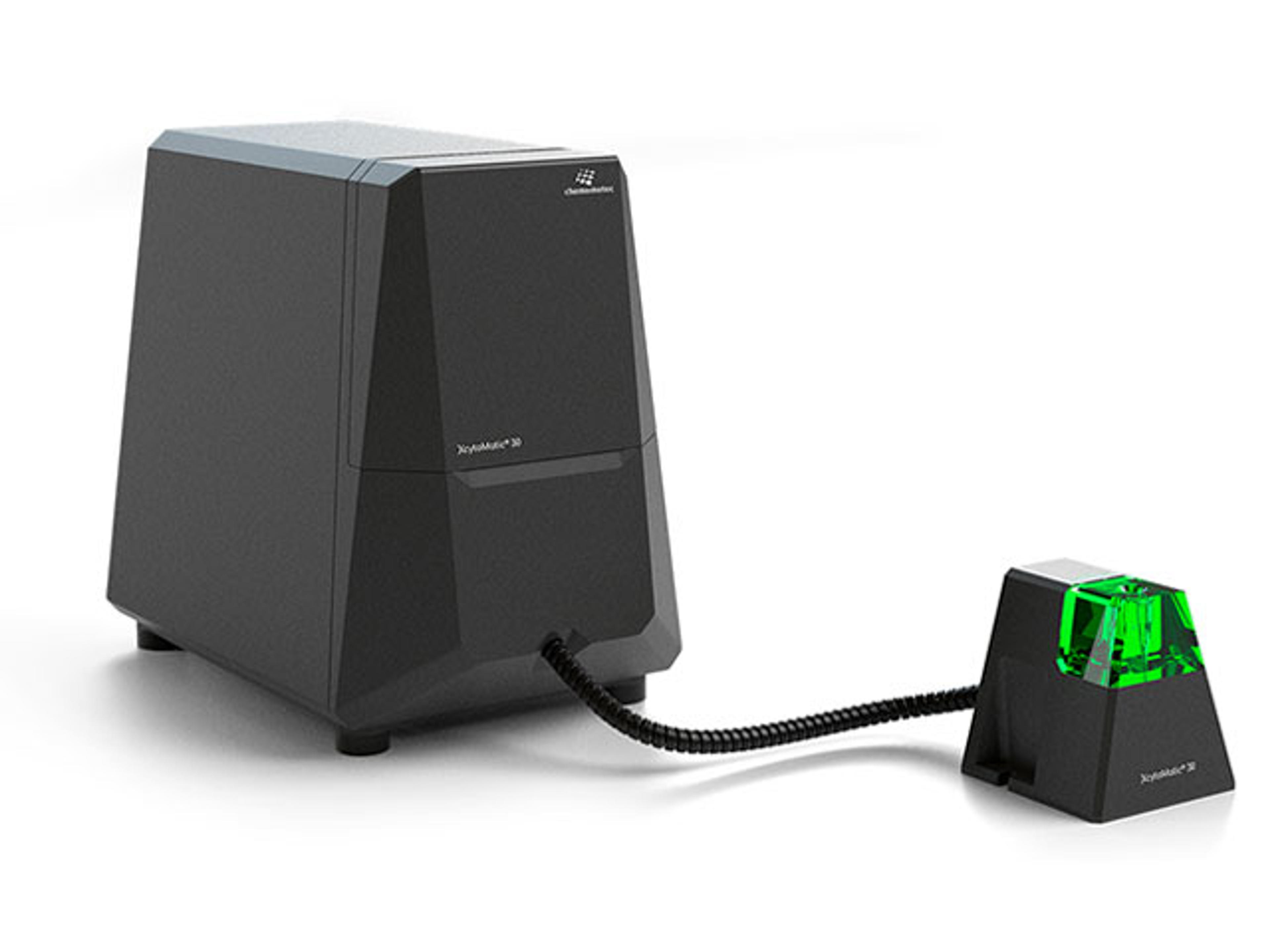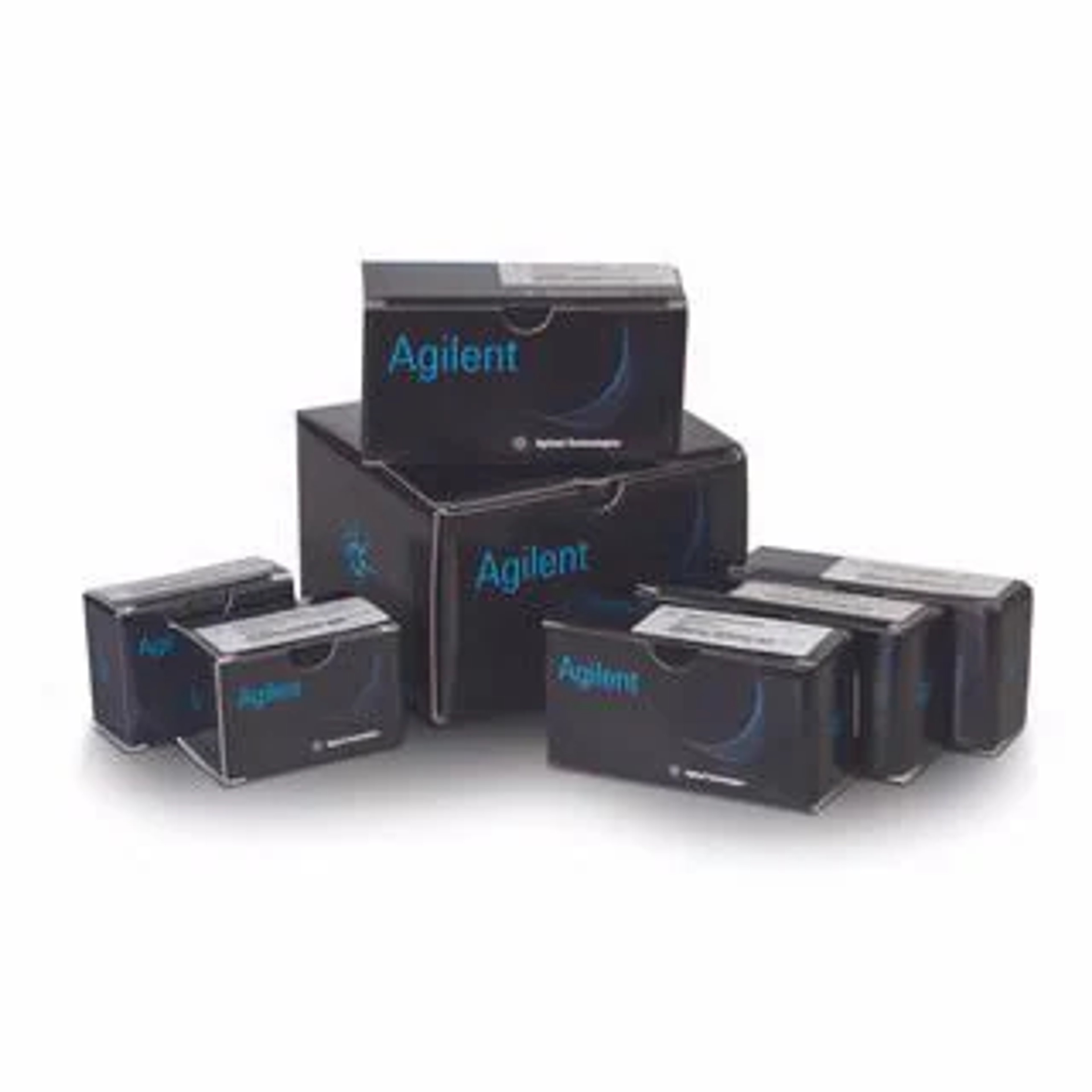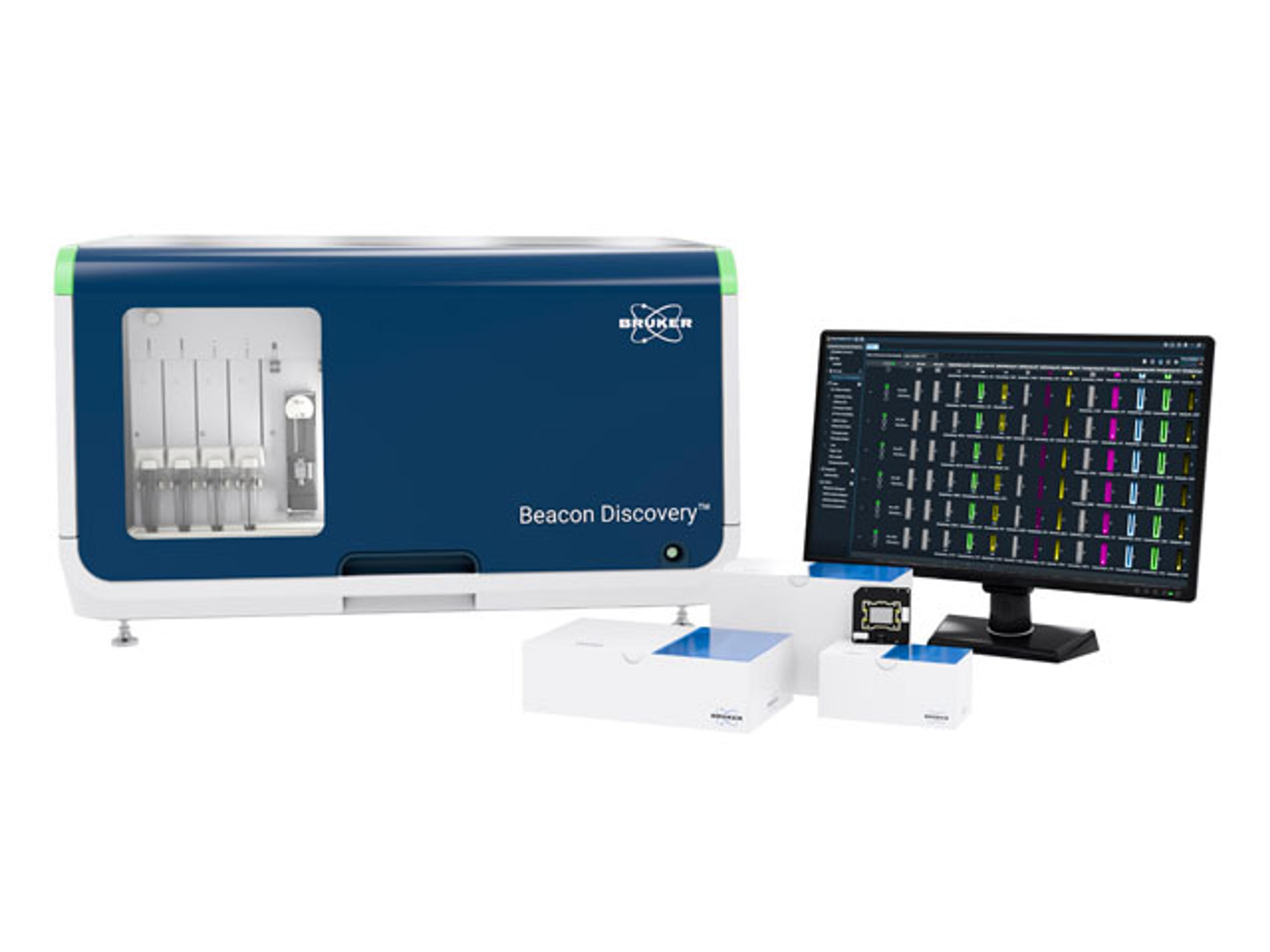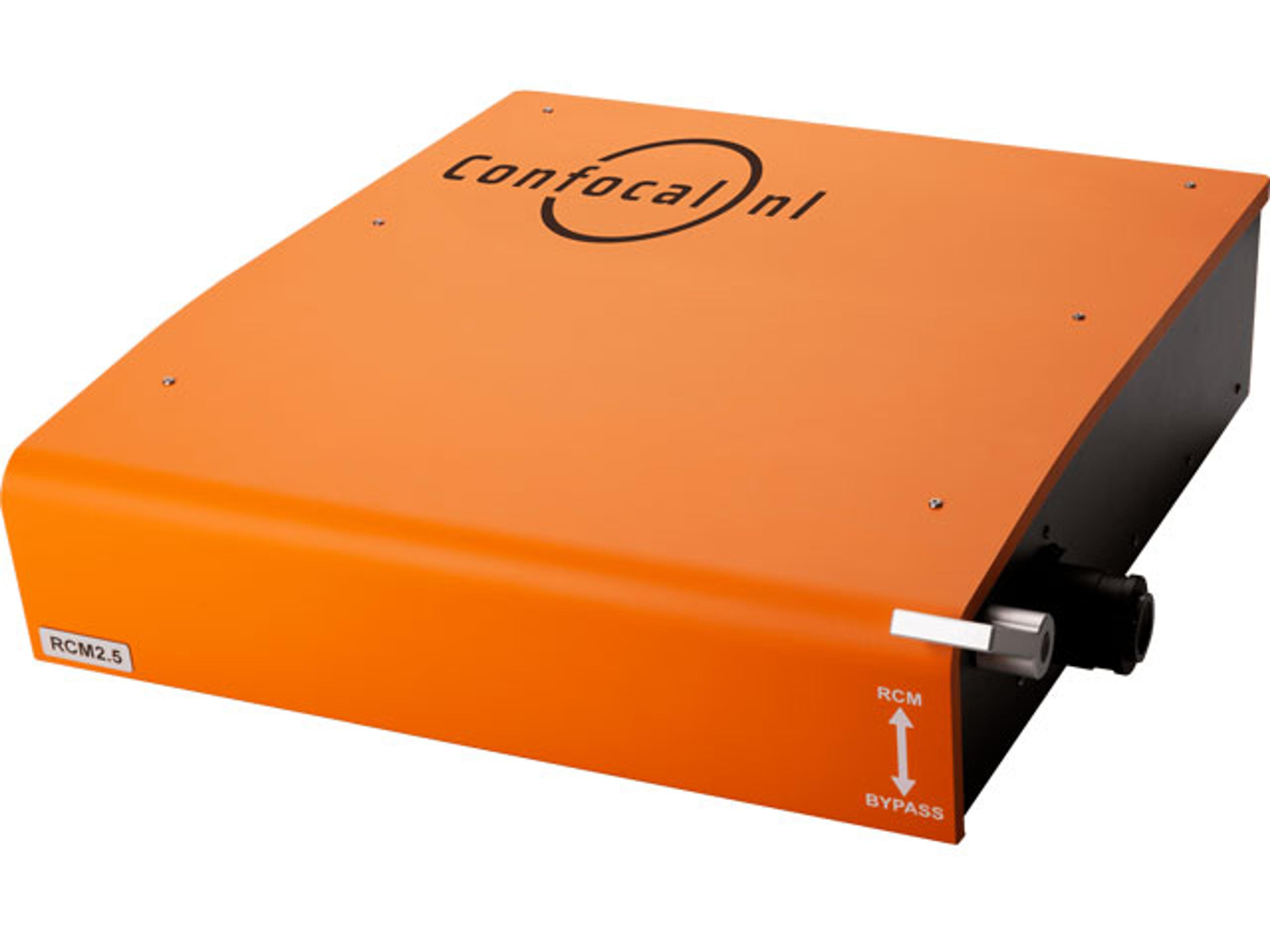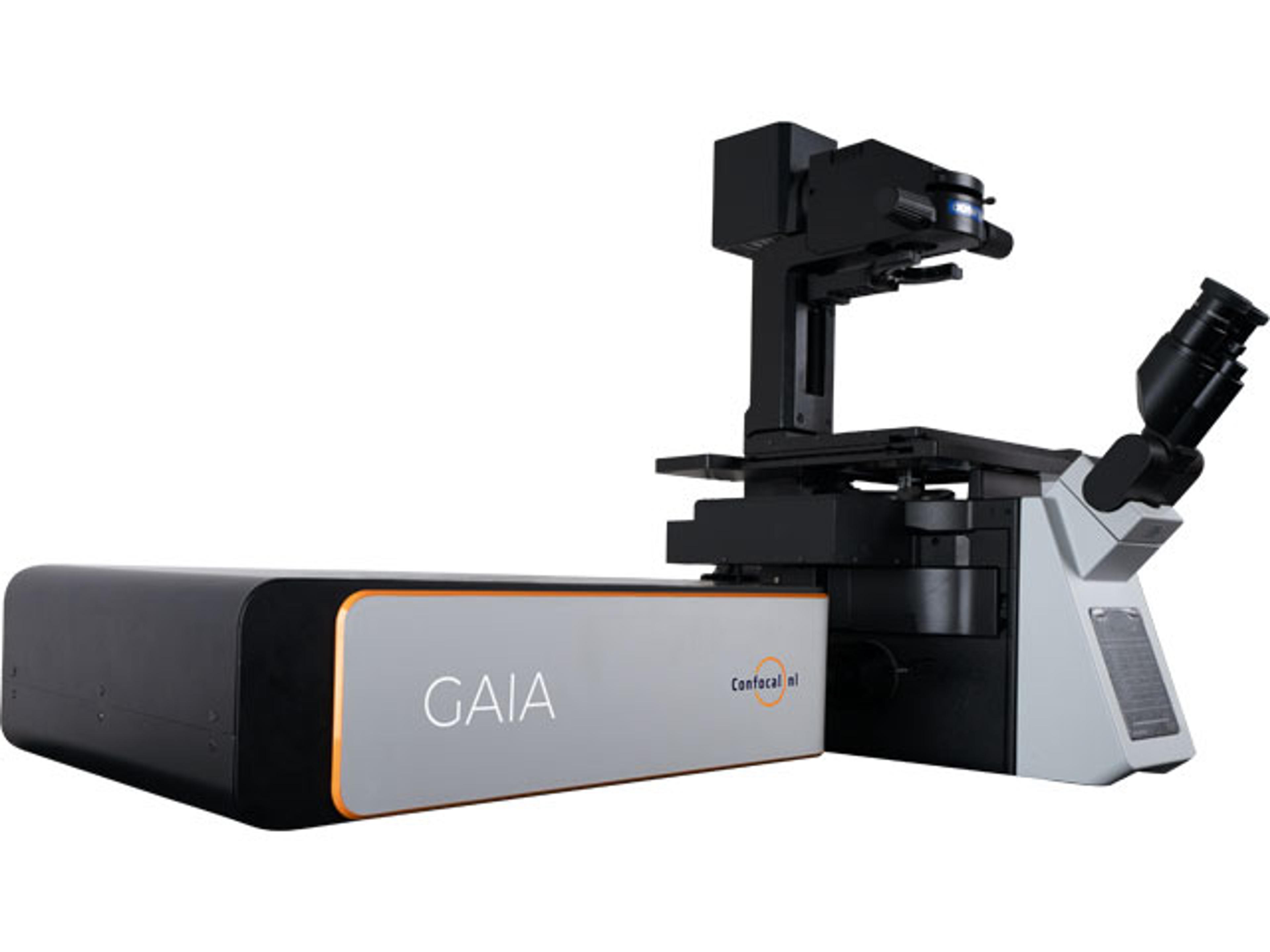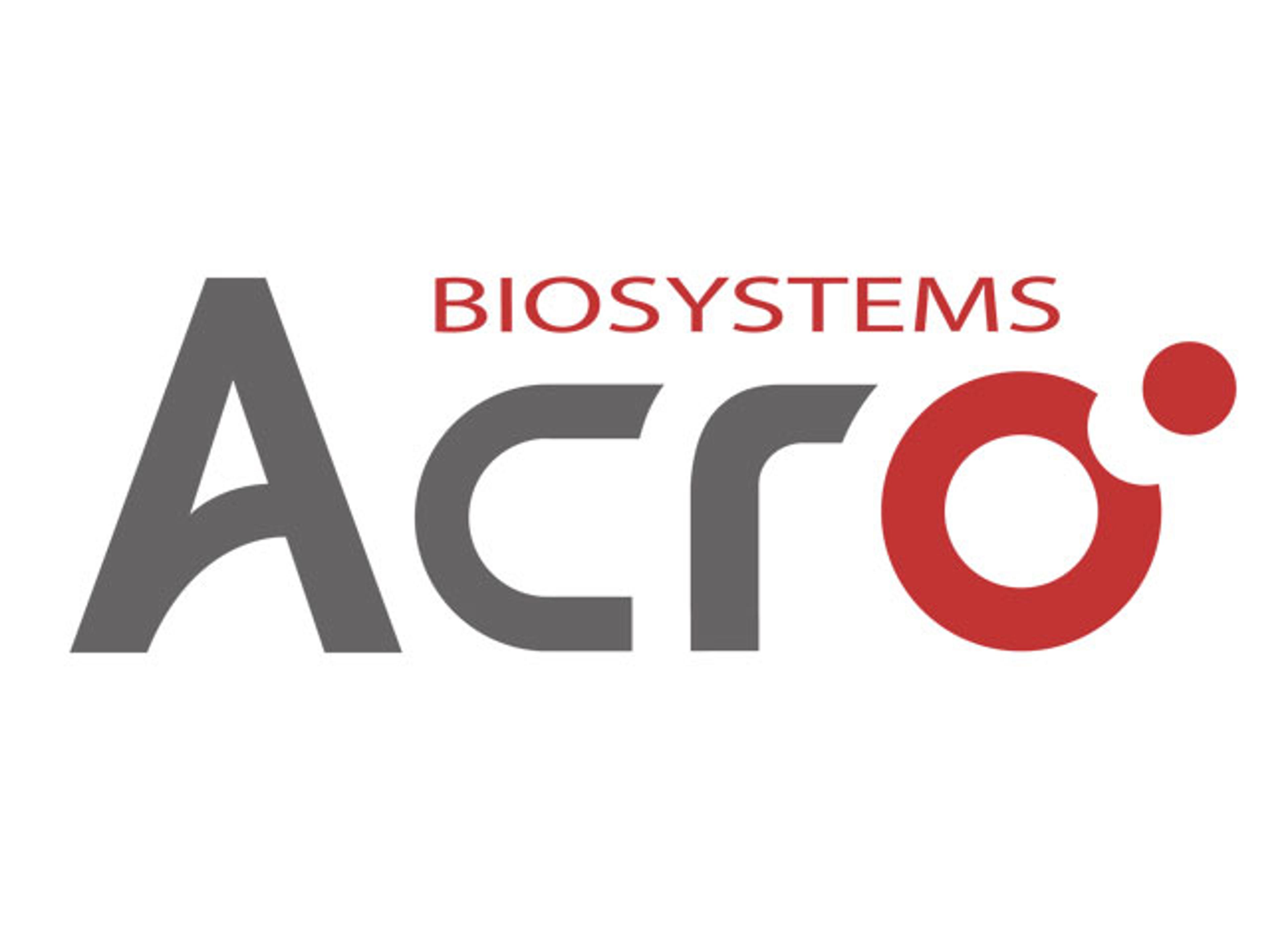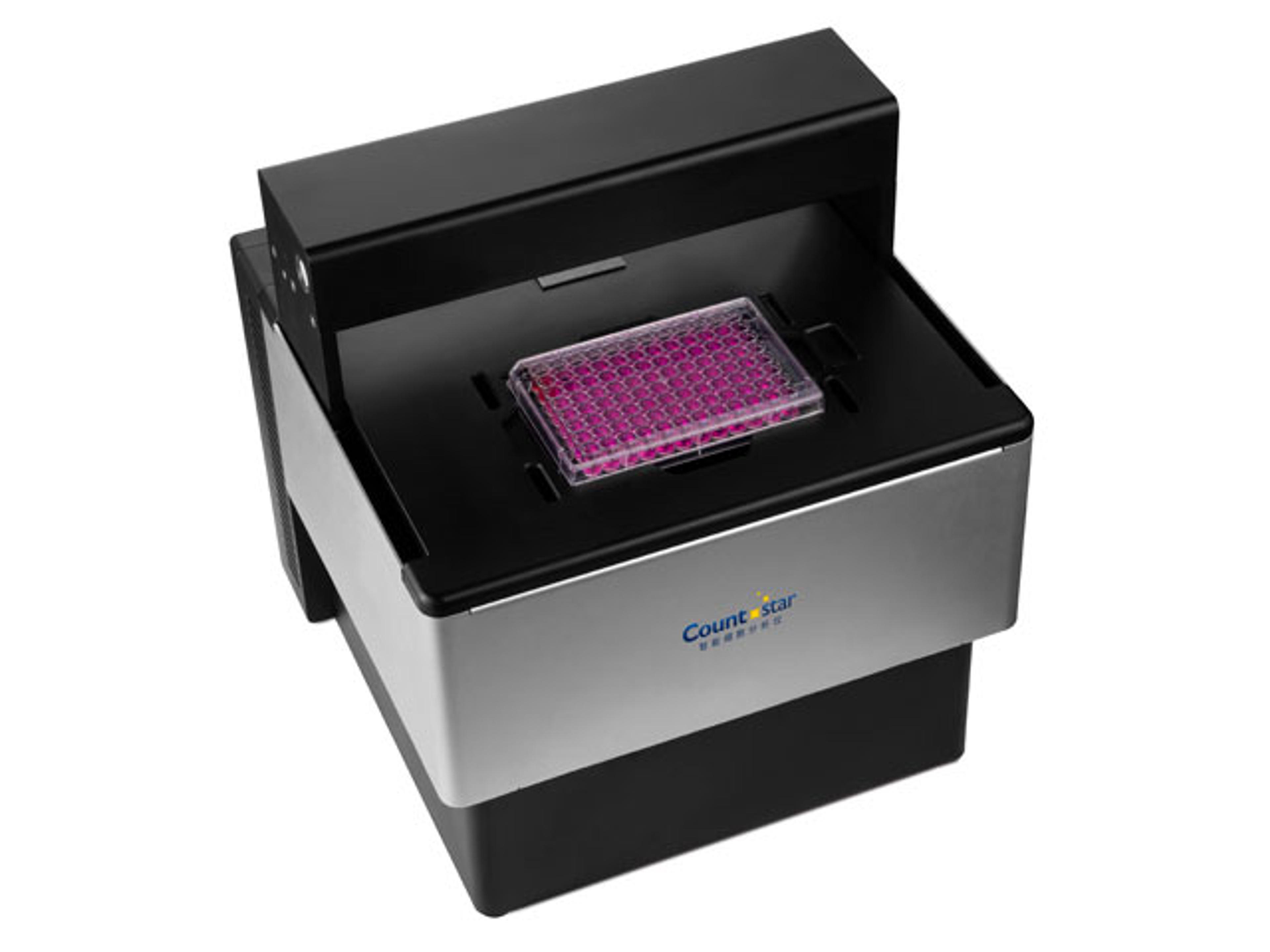Invitrogen™ Periostin Human ELISA Kit
The Human Periostin ELISA research-use-only kit is an enzyme-linked immunosorbent assay designed for the quantitation and detection of Periostin in samples (see sample types indicated) using a microplate reader. The assay will recognize both natural and recombinant forms of this target.

The supplier does not provide quotations for this product through SelectScience. You can search for similar products in our Product Directory.
I got very good results with it.
Cytokine analysis
It is very sensitive and good.
Review Date: 12 Dec 2021 | Thermo Fisher Scientific
Great kit and cannot live without it.
Elisa for protein quantification
This product is effective with high quality. It is also sensitive and can detect low amounts of proteins.
Review Date: 21 Mar 2018 | Thermo Fisher Scientific
The Human Periostin ELISA research-use-only kit is an enzyme-linked immunosorbent assay designed for the quantitation and detection of Periostin in samples (see sample types indicated) using a microplate reader. The assay will recognize both natural and recombinant forms of this target.
This complete, ready-to-use kit has been developed and optimized to specifically detect Periostin and includes antibody pre-coated plate(s) and other components to perform the assay. Using the supplied pre-coated, pre-calibrated plate helps reduce variability issues associated with using other kits and assays that require you to coat plates with consistent levels of antibody.
Performance characteristics
- Sensitivity: 80 pg/mL
- Standard curve range: 80 pg/mL–60 ng/mL
- Sample type(s): cell culture supernatants, plasma, serum
- Specificity: This ELISA pair antibody detects human Periostin. Other species not determined.
- Sample volume: 100 µL per sample after dilution
- Total assay time: 5 hours
Rigorous validation
To help ensure sensitive, accurate, and consistent performance, this ELISA kit is quality tested for criteria such as sensitivity, specificity, precision, lot-to-lot consistency, recovery, linearity, and parallelism. See product inserts for further information on validation for this kit.
Principle of the method
This Periostin solid-phase, sandwich ELISA (enzyme-linked immunosorbent assay) is designed to measure and detect the amount of the target bound between a matched antibody pair. A target-specific antibody has been pre-coated in the wells of the supplied microplate. Samples, standards, or controls are then added into these wells and bind to the immobilized (capture) antibody. The sandwich is formed by the addition of the second (detector) antibody, binding to the target on a different epitope from the capture antibody. A conjugated enzyme has been incorporated into the assay. After incubation periods and wash steps to remove unbound antibody from the plate, a substrate solution is added that reacts with the enzyme-antibody-target complex to produce measurable signal. The intensity of this signal is proportional to the concentration of target present in the original specimen.

